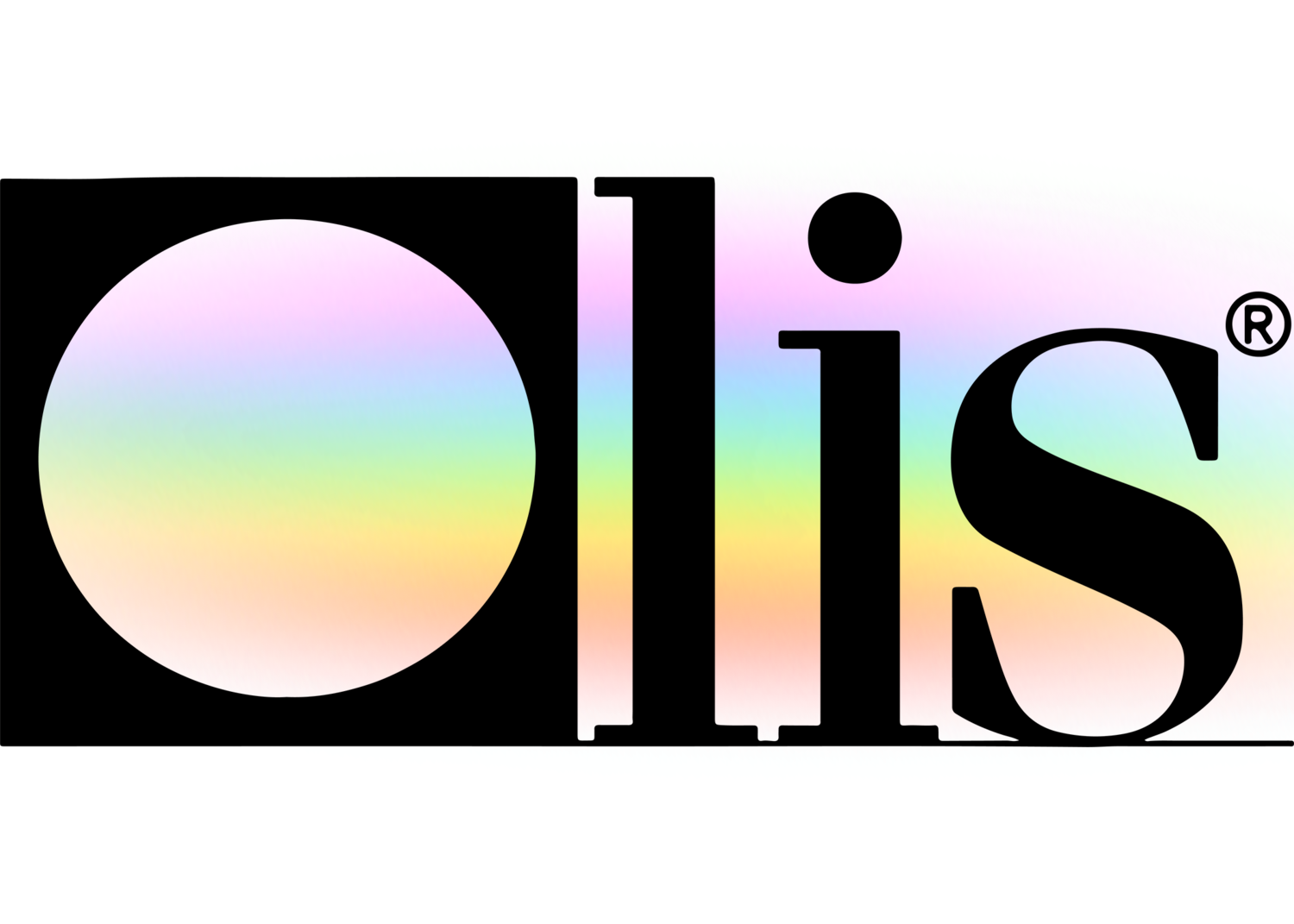Unknown Facts About Circularly Polarized Luminescence
Table of ContentsThe Best Guide To Circularly Polarized LuminescenceUv/vis/nir for BeginnersSome Known Incorrect Statements About Spectrophotometers Not known Facts About Circularly Polarized LuminescenceAll about Spectrophotometers

Spectrophotometry is most commonly applied to ultraviolet, noticeable, and infrared radiation, contemporary spectrophotometers can interrogate large swaths of the electromagnetic spectrum, including x-ray, ultraviolet, noticeable, infrared, and/or microwave wavelengths. Spectrophotometry is a tool that hinges on the quantitative analysis of particles depending upon how much light is absorbed by colored compounds.
Uv/vis/nir - Questions
A spectrophotometer is frequently used for the measurement of transmittance or reflectance of options, transparent or nontransparent solids, such as refined glass, or gases. Lots of biochemicals are colored, as in, they soak up visible light and for that reason can be determined by colorimetric procedures, even colorless biochemicals can frequently be transformed to colored substances suitable for chromogenic color-forming responses to yield compounds ideal for colorimetric analysis.: 65 Nevertheless, they can likewise be created to determine the diffusivity on any of the noted light varieties that usually cover around 2002500 nm utilizing various controls and calibrations.
An example of an experiment in which spectrophotometry is utilized is the decision of the balance constant of a service. A particular chemical reaction within a solution may happen in a forward and reverse instructions, where reactants form products and items break down into reactants. At some time, this chemical reaction will reach a point of balance called a balance point.
9 Easy Facts About Circular Dichroism Shown
The amount of light that travels through the solution is a sign of the concentration of certain chemicals that do not permit light to travel through. The absorption of light is because of the interaction of light with the electronic and vibrational modes of particles. Each type of molecule has a specific set of energy levels connected with the makeup of its chemical bonds and nuclei and hence will absorb light of particular wavelengths, or energies, resulting in distinct spectral homes.
They are widely utilized in lots of industries consisting of semiconductors, laser and optical manufacturing, printing and forensic examination, as well as in labs for the research study of chemical compounds. Spectrophotometry is typically utilized in measurements of enzyme activities, decisions of protein concentrations, decisions of enzymatic kinetic constants, and measurements of ligand binding reactions.: 65 Eventually, a spectrophotometer is able to determine, depending on the control or calibration, what substances are present in a target and exactly how much through calculations of observed wavelengths.
Developed by Arnold O. Beckman in 1940 [], the spectrophotometer was developed with the help of his coworkers at his business National Technical Laboratories established in 1935 which would become Beckman Instrument Business and ultimately Beckman Coulter. This would come as a solution to the formerly developed spectrophotometers which were not able to take in the ultraviolet correctly.
A Biased View of Uv/vis
It would be found that this did not offer satisfying results, for that reason in Design B, there was a shift from a glass to a quartz prism which enabled much better absorbance outcomes - circularly polarized luminescence (https://www.bark.com/en/us/company/olis-clarity/96z8l/). From there, Model C was born with a change to the wavelength resolution which wound up having three systems of it produced
It was produced from 1941 to 1976 where the rate for it in 1941 was US$723 (far-UV accessories were an option at extra cost). In the words of Nobel chemistry laureate Bruce Merrifield, it was "probably the most essential instrument ever established towards the advancement of bioscience." Once it ended up being discontinued in 1976, Hewlett-Packard produced the first commercially readily available diode-array spectrophotometer in 1979 referred to as the HP 8450A. It irradiates the sample with polychromatic light which the sample takes in depending on its properties. It is transferred back by grating the photodiode range which discovers the wavelength area of the spectrum. Ever since, the production and implementation of spectrophotometry devices has increased profoundly and has turned into one of the most innovative instruments of our check this site out time.

The 4-Minute Rule for Uv/vis
The grating can either be movable or repaired.
In such systems, the grating is repaired and the strength of each wavelength of light is determined by a different detector in the variety. When making transmission measurements, the spectrophotometer quantitatively compares the portion of light that passes through a reference solution and a test option, then digitally compares the intensities of the 2 signals and calculates the portion of transmission of the sample compared to the reference standard.
